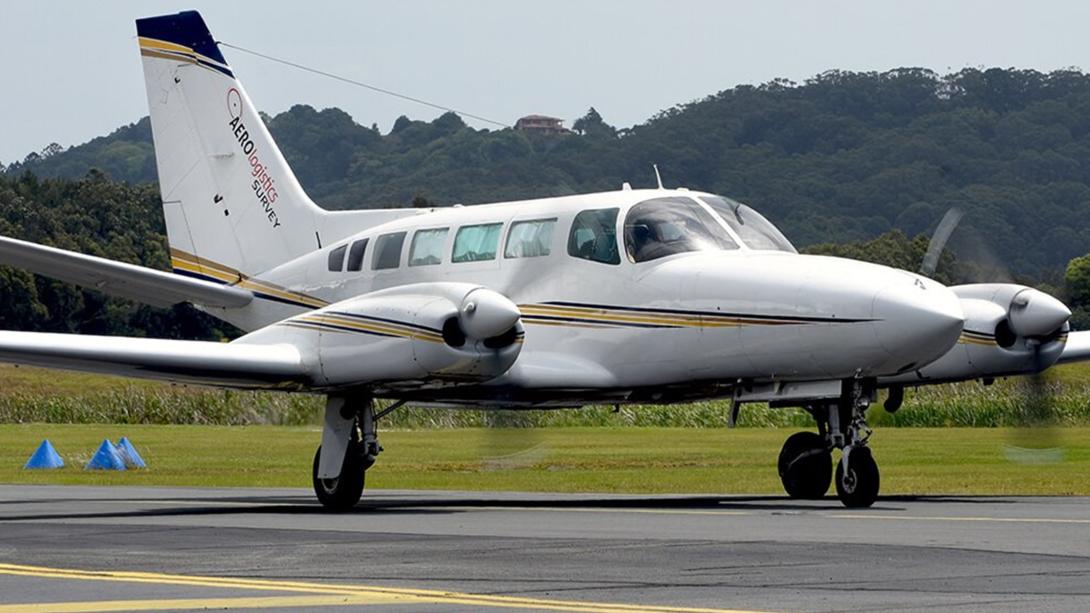
A fumes event during an aerial survey flight over Central Queensland highlights the importance of using supplemental oxygen and diverting to the nearest appropriate alternate airports, an Australian Transport Safety Bureau investigation reinforces.
On 11 April 2024, a twin-engine Cessna 404 Titan was being used for aerial surveying, with a pilot and two task specialists onboard.
After taking off from Emerald Airport, the aircraft was flown to a survey area north of Moranbah.
“About 20 minutes into the survey, all three crew detected fumes – to varying degrees – inside the cabin,” Director Transport Safety Stuart Macleod said.
“As the flight progressed, the pilot began having difficulty setting the aircraft up and aligning it correctly on each survey run.”
The pilot cancelled the survey, and opted to return to Emerald.
“During the return, the crew opened the windows, vents and cabin doors, disconnected the survey equipment, and checked several aircraft systems – however their symptoms worsened.”
At one point during the return, the pilot advised Brisbane Centre air traffic control they planned to conduct a precautionary landing in a field, and descended at a maximum rate of over 2,600 ft/minute.
After levelling off at around 2,200 ft, the pilot assessed they were feeling better, and opted to proceed to Emerald.
The aircraft landed safely at Emerald Airport about 90 minutes after the fumes were initially noticed. All three crew members were transferred to hospital for treatment.
The ATSB’s final report notes the crew did not use the supplemental oxygen available, and nor did the pilot divert to any of a number of alternate airports between the survey area and Emerald.
“The decision to cancel the survey was prudent, but flying back to Emerald, rather than diverting to closer suitable airports exposed the crew to the fumes for longer than necessary and may have worsened the impact,” Mr Macleod said.
Despite extensive ground and in-flight examination of the aircraft after the occurrence the source of the fumes could not be established.
Since the occurrence the operator has issued a mandatory requirement for pilots on all flights to secure the onboard oxygen equipment within seated reach of the pilot, and issued guidance to all pilots to use supplementary oxygen in conditions such as those encountered during this incident.
“When encountering a fumes event, don’t hesitate to use supplemental oxygen, use all available means to ventilate the cabin, and consider diverting to reduce the airborne exposure time,” Mr Macleod urged pilots.
“In addition, communicate the presence of fumes, and any symptoms, to air traffic control at the first available opportunity, this can maximise the assistance available to you both in the air and on the ground.”
Read the final report: Fumes event involving Cessna 404, VH-LAD, near Moranbah, Queensland, on 11 April 2024


